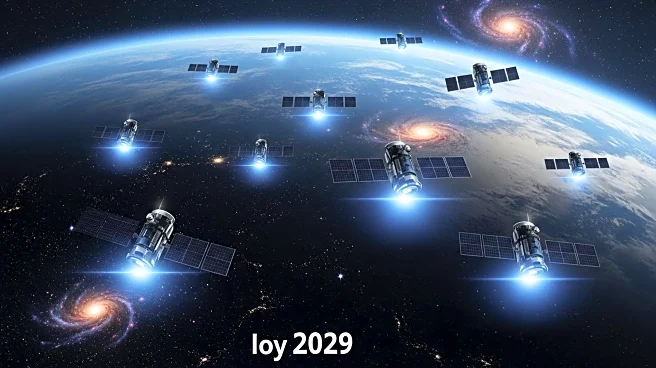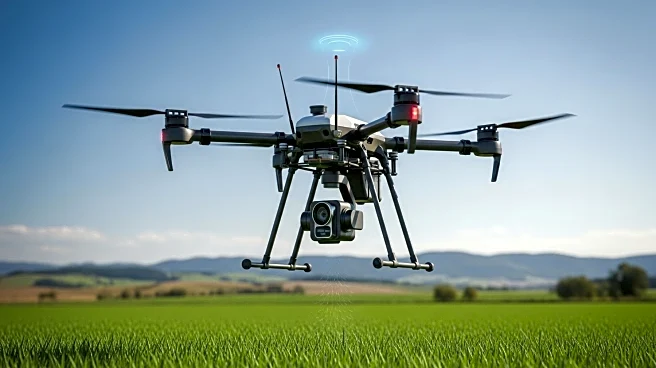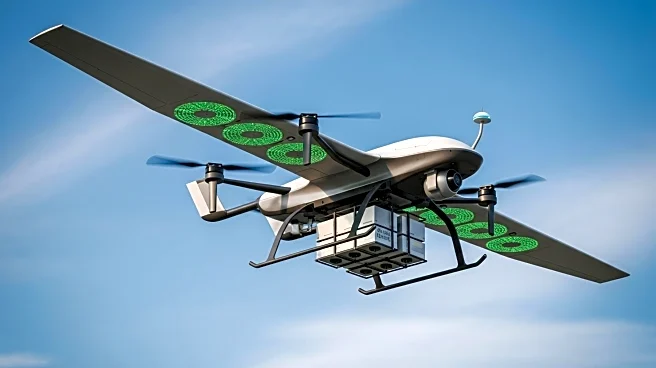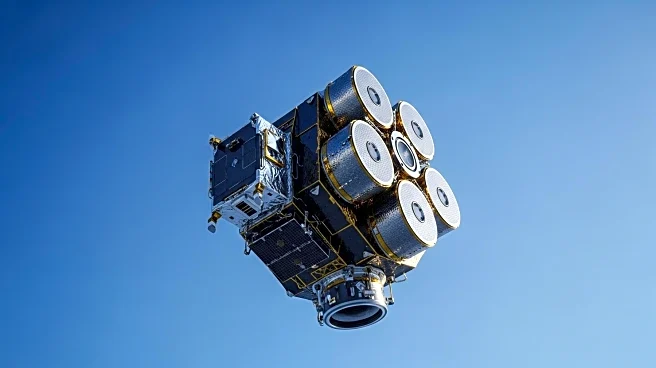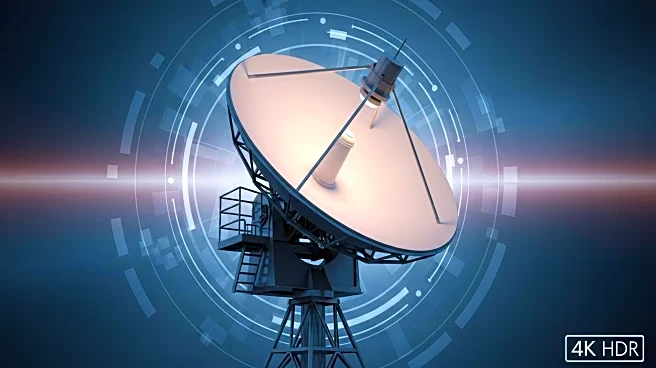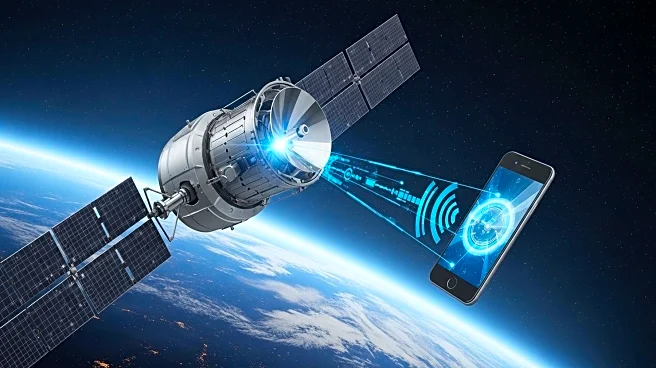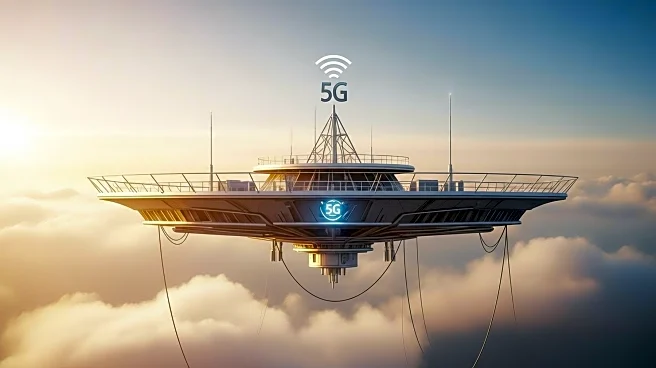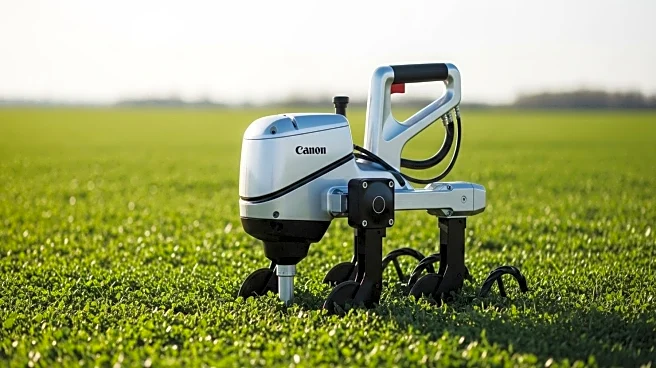What is the story about?
What's Happening?
Satellite IoT is set to revolutionize connectivity by expanding its reach to remote areas that lack terrestrial networks. The market for satellite IoT is projected to grow significantly, with revenues expected to reach €1.58 billion by 2029, marking a 36% annual growth rate. This expansion is driven by the need to connect the 90% of Earth's surface that remains offline due to the absence of cellular or Wi-Fi networks. Satellite IoT will complement existing terrestrial networks, providing coverage in areas where traditional connectivity is unavailable. Advances in low-Earth orbit (LEO) nanosatellites and 5G Non-Terrestrial Networks (NTN) are reducing costs and enabling affordable, global coverage.
Why It's Important?
The growth of satellite IoT is crucial for industries that operate in remote locations, such as agriculture, logistics, energy, and maritime sectors. By providing connectivity in areas without cellular signals, satellite IoT can enhance precision farming, track shipping containers, monitor pipelines, and connect ships and wildlife. This technology is expected to save billions in operational efficiencies and reduce losses. The expansion of satellite IoT also represents a significant opportunity for new entrants and established players, driving innovation and competition in the market.
What's Next?
The satellite IoT market is transitioning from early adoption to mainstream deployment, with a wave of new entrants joining legacy operators. As costs continue to decline and technology advances, satellite IoT is expected to become more integrated with terrestrial networks, offering seamless global coverage. Governments and industries are increasingly recognizing the importance of satellite IoT as critical infrastructure, leading to more investments and regulatory support. The market is poised for further growth, with new satellite launches and partnerships expected to enhance connectivity and expand service offerings.
Beyond the Headlines
Satellite IoT has the potential to transform connectivity in emerging markets and remote regions, providing solutions for agriculture, wildlife conservation, and disaster response. By enabling connectivity in areas previously left out, satellite IoT can drive economic and social progress, improve resource management, and enhance disaster resilience. The technology also supports global development targets by ensuring inclusivity and extending IoT benefits to remote villages and islands.
AI Generated Content
Do you find this article useful?
